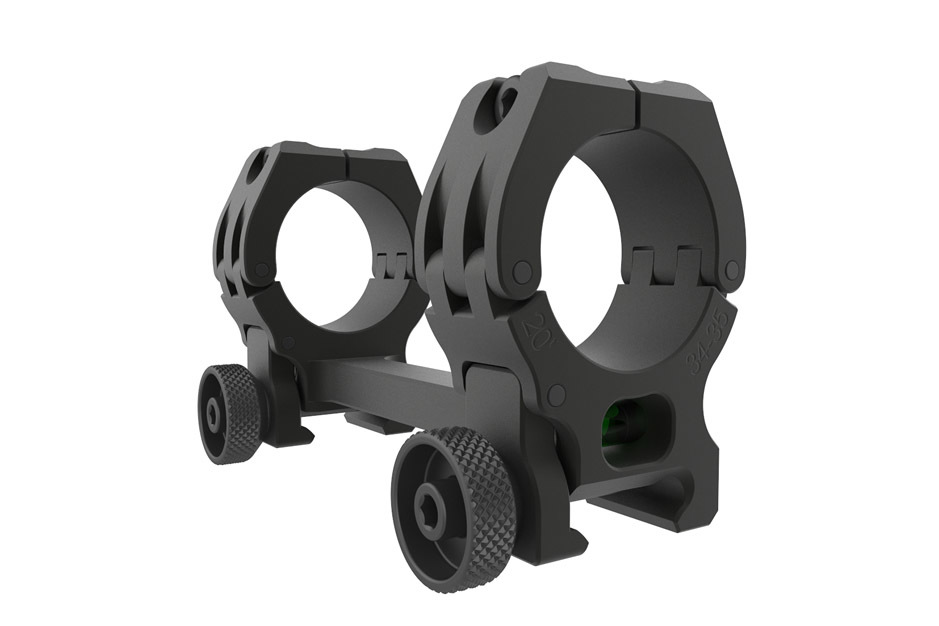
21 Jul Choosing the Correct Scope Rings for Your Rifle
One of the major questions faced by shooters is “What scope rings I need?” Let’s begin with the basics or the nuts and bolts of scope rings
Scope Ring Basics and How to Calculate the Height you Need for Your Scope!
First let’s discuss the design and styles of scope rings. Due to the years in which firearms have been manufactured styles have changed as those pesky engineers and gun makers have adopted new and more fascinating ways to mount rifle scopes on to the rifles that we want.
Scope rings come either as a one or two-piece option. Based on the actual scope you are using you will find that some rings are actually a single clam shell that holds on to the tube of specific styles of scopes. Let’s take a look at these.
Two piece, probably the most used common is the two-piece combo. Each piece (depending on manufacture of rifle) are the same size, style, height and thickness. The reason we mention depending on manufacture is companies like Ruger manufactured rifles in the past that had differing heights on the receiver. This would require the owner to purchase two different rings. One higher or lower than the other. Slowly manufactures have come to the realization that this made consumers infuriated trying to find scope conversion tables which would allow them to choose the correct rings. Secondly, not everyone supplied manufacture select rings and that has led to the universal mounting system (picatinny rail) which we will discuss.
Figure 1 Two Piece Scope Rings American Manufacturing available at https://www.anarchyoutdoors.com/american-rifle-company-m10-scope-rings/
Figure 2 Single piece scope Ring Mount Seekins Precision available at www.anarchyoutdoors.com
One piece, like the Seekins precision pictured above and available at https://www.anarchyoutdoors.com/seekins-precision-20-moa-30mm-cantilever-scope-mount/ (are simply two scope rings that come permanently attached to a base that can be either mechanically attached and set (torqued) to the rifle, or with a quick detach lever(s) to allow for easy mounting and dis-mounting. While not a primary use for bolt action rifles, they are the go to on the Gasser (AR) community. These types allow the user an added ability to change out from either a red dot to fixed/adjustable scope with ease. Yes, there is the possibility of shift in the POA, but that is a discussion for another day. Now one thing that the user should also take into awareness is that one-piece scope rings or mounts do have added capabilities that you may not find in traditional two-piece sets. Tune into our discussion on Scope Mounts to further that discussion.
Figure 3 AD Recon Scope Mount, courtesy of ADMAnarchy Outdoors and available through special order.
Figure 4 American Rifle Company M10 QD Mount courtesy of Anarchy Outdoors
Determining your needs.
Now before we get into choosing, we need to identify the type of mounting the rings will be set upon. Bases are the foundation in which the rings will be mounted to. In todays day and age, manufactures have gone to a more universal mounting system called the “Picatinny Rail” but since guns have been around for such a long time, you will still find older styles out there on the market. Now, I will discuss more about bases in a future blog, I want to touch on what you might be faced with now.
Figure 5 Weaver pictured at the top, Picatinny at the bottom.
Weaver has been around for generations and was designed for easier mounting. Utilizing a flat rail, it was designed to allow for locking clamps located on the rings to grip the rail, later crosswise slots for locking the rings into the rail for stability were developed.
Picatinny rails were developed to allow for multiple mounting by securing scope rings in place with more flexibility for the shooter. This scope base is easily installed since it uses factory-drilled scope base holes and screws. It will accommodate both right- and left-hand receivers. This scope base can be adjusted to several different lengths of scope bodies. Weaver rings will fit Picatinny bases, but Picatinny rings are not compatible with Weaver bases due to the thickness of the ring base. Picatinny are the most versatile of all the scope bases allow for easier adjustability of scopes to the shooter, or for choosing between different types and styles of optics.
You will find that in years past certain manufacture’s used Dovetail mounts which require special mounting as well as integral mounts like Ruger used in the past. I will dive into these at a future date. So please come back.
So now that we have discussed the basics of rings, let’s dive into the selection process. First consideration of any is “What type rifle are we going to mount the rings to? Then one of the hardest questions ever to come across the world of shooting “What scope will I be mounting to the rifle, what will the scope/rifle be used for? This is where the choice of rings will take drastic decision making and thought. Scope rings are one of the most important decisions made due to the multiple manufactures that are producing rings on the market. The difference between American Rifle Company, American Defense MFG and Seekins Precision give you the perspective of what you need to take into consideration. This is where you ask yourself, “What quality do I want? What type of material do the scope rings need to be made out of? What size (scope ring height/tube size do I need? As well as, what type of base will these be mounted to?” each of these then lead to the one question that gives many trepidation and that’s COST. Yes, cost is the first and final decision that everyone ponders.
Scope ring materials come in two primary products, steel and aluminum. These products have been around for years and have given manufactures the ability to design some of the greatest wonders, airplanes, rifles etc.
Steel rings are considered to be stronger, while that maybe I have seen them split and or break time and again. But they do tend to take a beating if dropped or banged around. This strength prevents the deformation of the scope tube which could lead to issues latter on. Steel rings consistently differ from each other, therefore additional measures are required to true them to the rifle and scope you will be using. This process is called lapping or truing the rings to the correct dimensions of the scope.
Aluminum rings are made through process called extrusion. Once the metal is cooled it is then milled to the size and design set forth by the manufacture. Aluminum rings tend to have less variance allowing quicker mating to the rifle and scope. But consideration should be taken to check the rings you’ve purchased before attaching them to your rifle. The proverbial “you get what you payed for” rings true.
Now that you know the styles and materials of rings, lets tackle ring height and tube size.
Tube size is the easiest to determine and can be considered before actually purchasing your scope. Every manufacture lists the size of the scope tube on their website, or you can go to sites like Anarchy Outdoors and find it in the descriptions listed with each scope. There are two predominate sizes on the market, 30MM and 1 inch. But with the increase in Precision Rifle Shooting and NRL 22 matches throughout the nation, we are now being offered 34MM, 35MM and the whopping 40MM scope tube sizes. Schmidt & Bender, Khales, Night-force, as well as Vortex, Athlon, Leopold, Burris (https://www.anarchyoutdoors.com/rifle-scopes/) are offering larger scopes to meet the demand of this growing market. You will also find combination rings that come in 30MM with sleeves to reduce the size of the rings down to 1 inch. While these are available, most shooters should be wary of this while choosing ring size. This is due to the possibility of the internal ring slipping or choosing the incorrect spacer, one thing to remember, the more parts there are the more possibility of slipping or moving when least expected. When you choose rings, choose the ring that is sized for scope you will be mounting.
Figure 64 Multi-sized scope ring with inserts 300MM rings with 1” inserts.
Scope ring height and how to calculate!
Ring height is going to play a major factor in your decision with selecting the right ring. Rifle manufactures are continually changing the way their rifles look, the Ruger Precision Rifle compared to Tikka or Remington have a distinct difference found at the barrel/action. Most rifles barrels tend to contour from the action down to the muzzle as a means to conserve weight, the RPR and other such rifles that are designed on the AR concept have interchangeable handguards with full picatinny rails. This makes mounting scopes more troublesome then one might think. Remember, when mounting your scope, it is imperative to have the smallest distance between the barrel and the bell of the scope to allow for easier sighting. When you increase this distance, you run into the possibility of reducing the ability to zero your rifle to the desired distance. But by selecting the correct ring height this will give you the optimal requirements to meet your desired sighting distances.
To better decide on scope ring height, we must use that old and often dusty skill called math. Of course, there are multiple calculators out on the web you can use but we must give you the ways of the force!
How to measure required ring Height = (actual scope objective (bell) diameter/2)+.9 – (action diameter/2)- base height.
Of course, there are lots of ways to figure this out, take this for example:
Whichever way you decide to use, trial and error does get tiresome. By doing your research you will be able to make the correct decision without too much hassle.
Now that considerations have been made utilizing the information from above, let’s talk turkey! Not all scope rings are alike. There are many out there that consider that low end rings are just as good or better as rings ranging in the higher end market. This is not true, if you look at specific manufactures, some have rings at the $30 to 40-dollar range and sell $300-dollar rings as well. There is truth in the term “Buy once cry once” saying, if you spend the money on a high-end production scope, then why not spend the money on the high-end rings.
In the end the choice is yours on which scope rings you wish to go with. If you choose an option of lesser quality you run the risk of something going wrong at a time when you need it most. Professional shooters place their trust in the rings they know won’t let them down. Take a look at the Precision Rifle Shooting Series for example, you will not find low quality on any of the rifles used. So please take your time and research your choice and decision before making that final choice. Many of the products I have mentioned are available at, . www.anarchyoutdoors.com, give us the opportunity to increase the capability of your shooting.


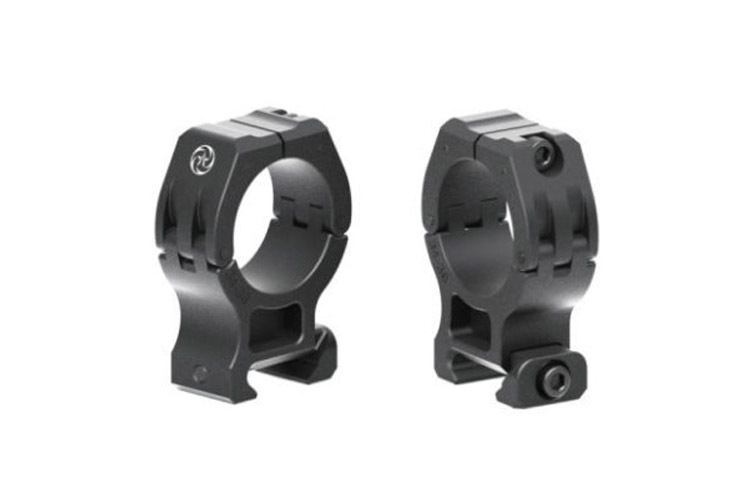
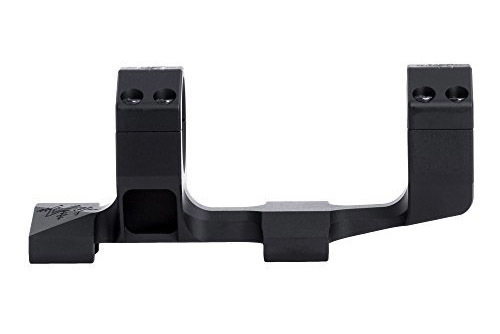
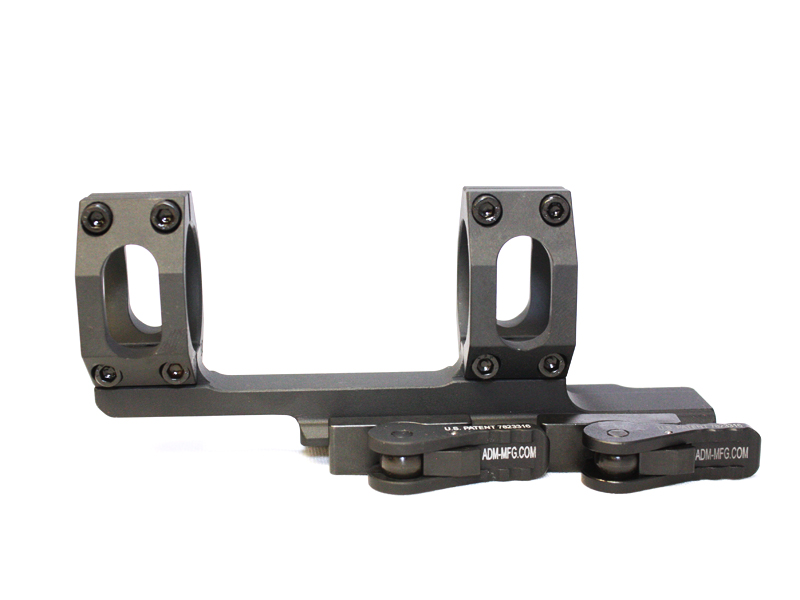
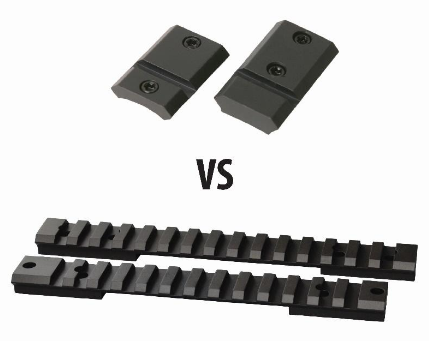
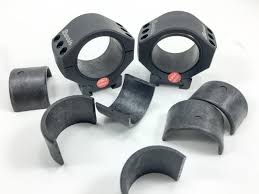
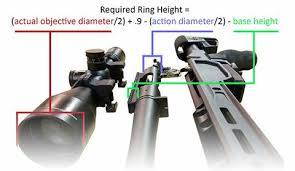
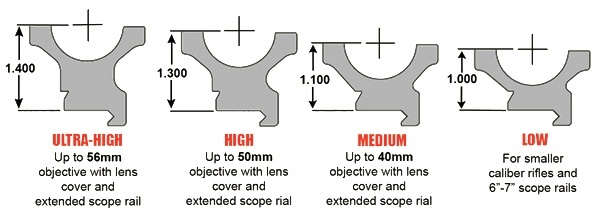
Air Pistol Melbourne
Posted at 11:27h, 18 JanuaryGood blog you’ve got here.. It’s hard to find high quality writing like yours nowadays. I seriously appreciate people like you! Take care!!